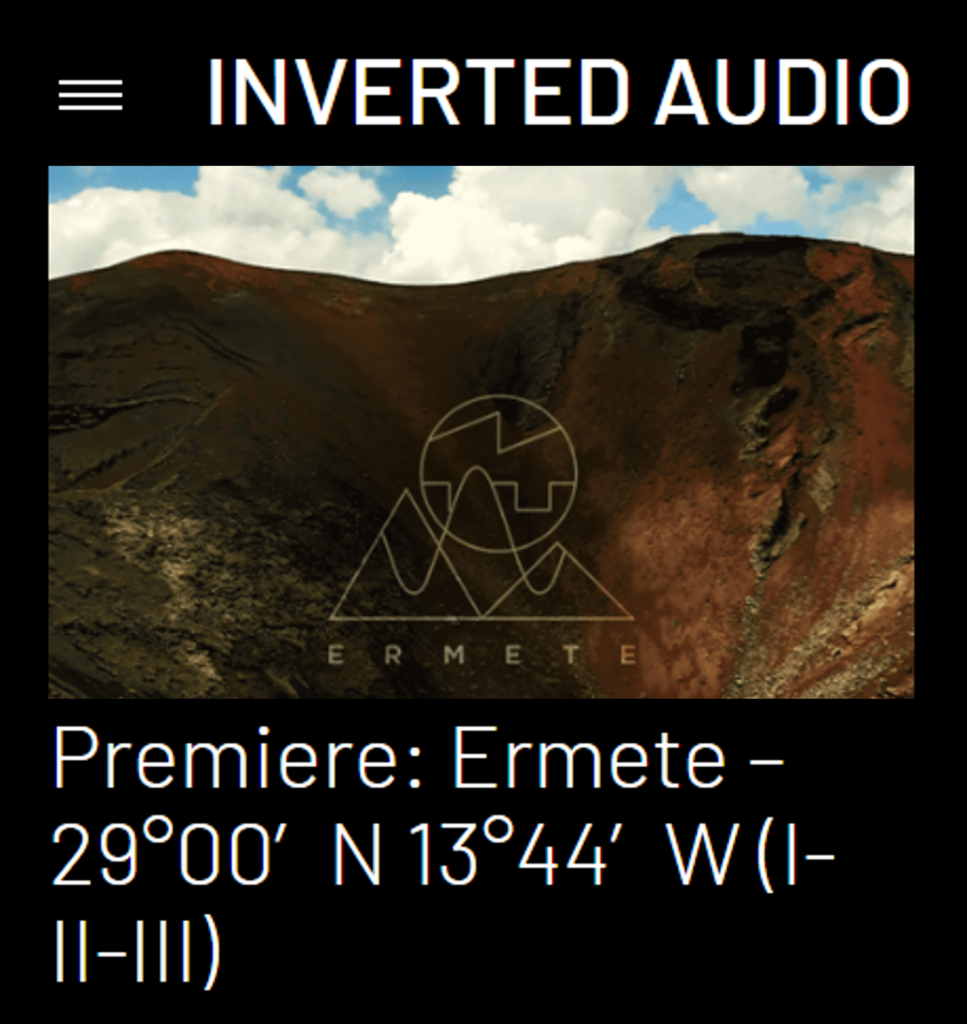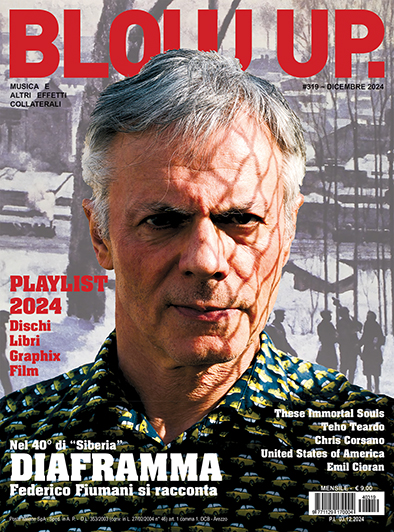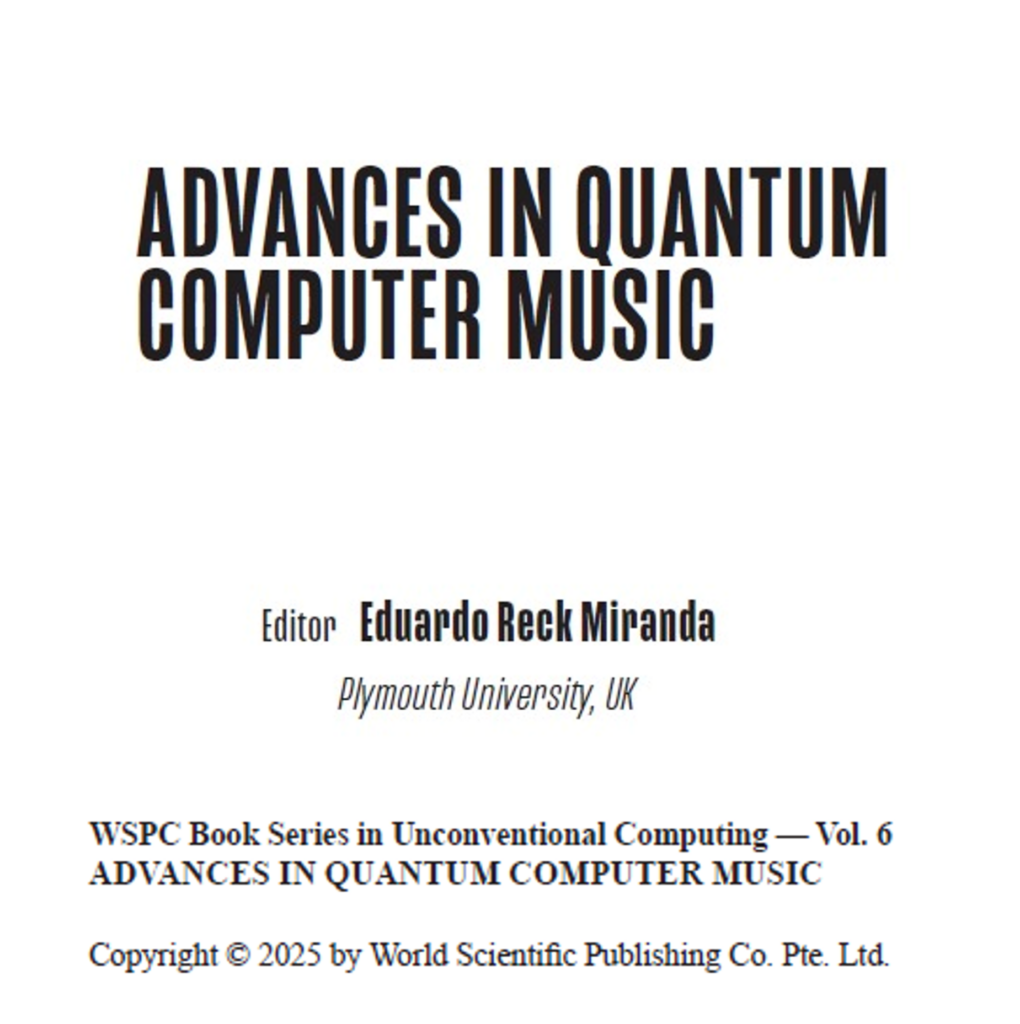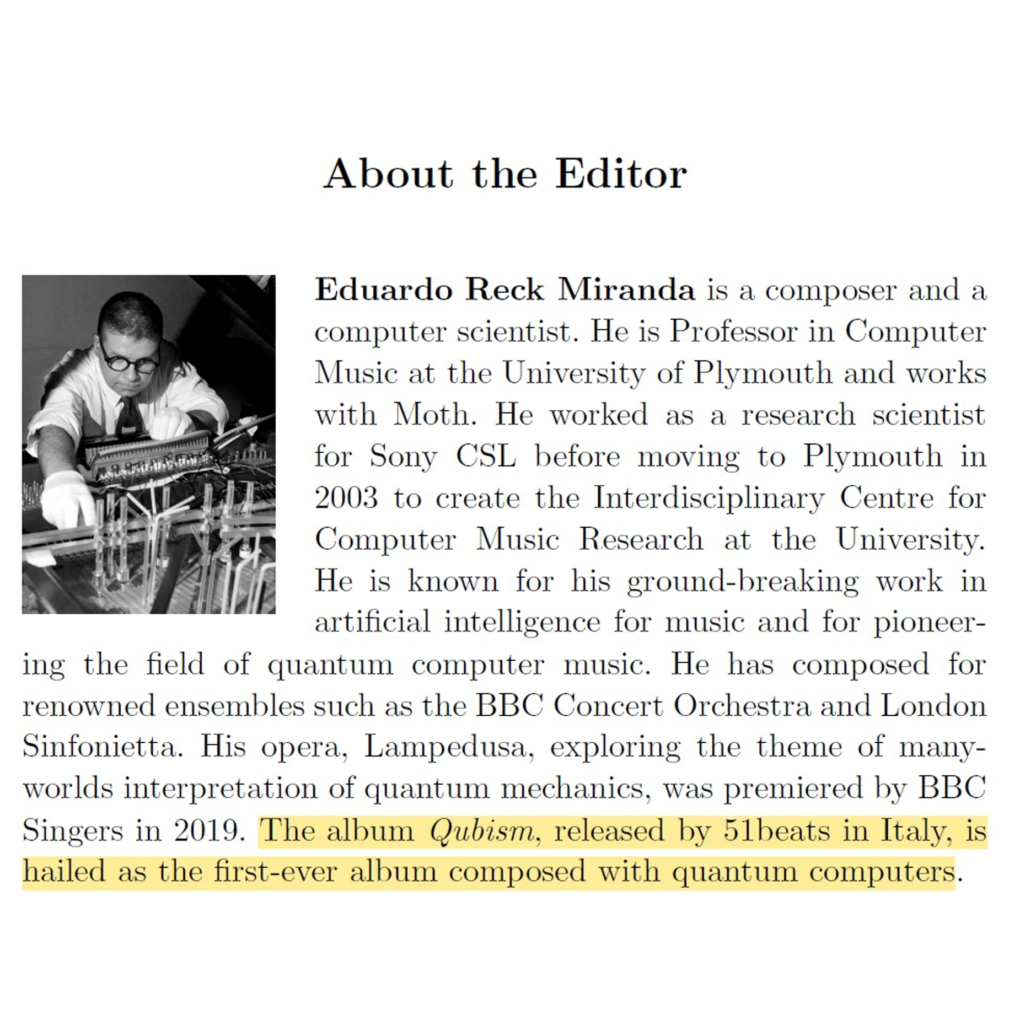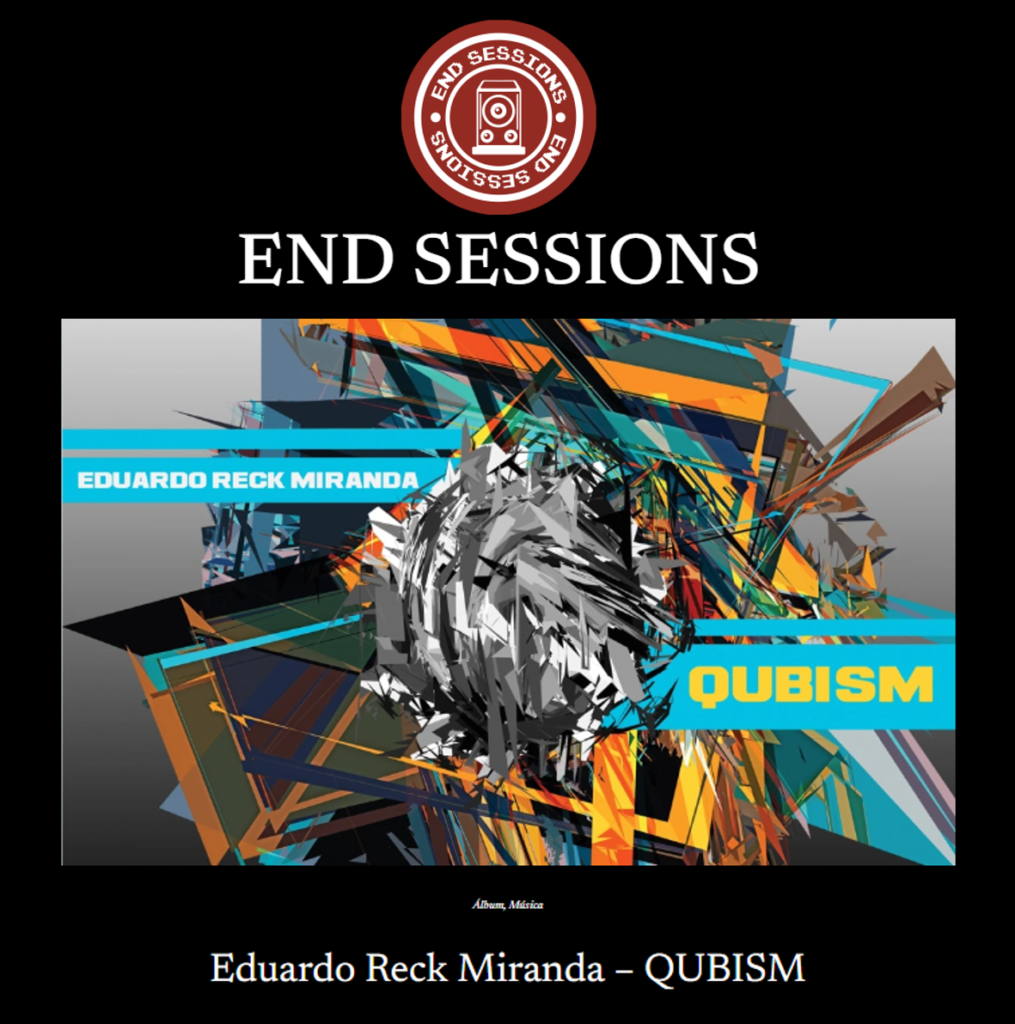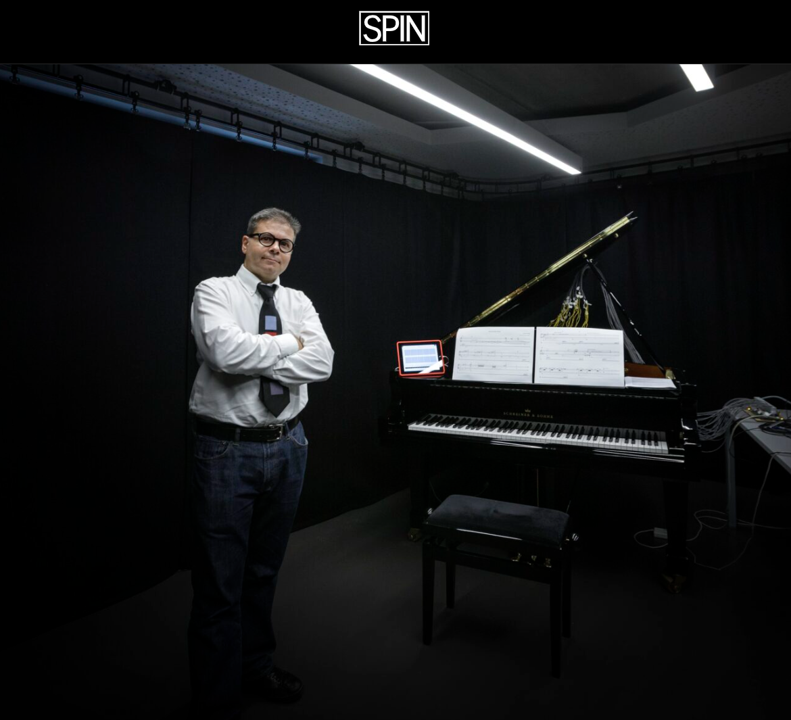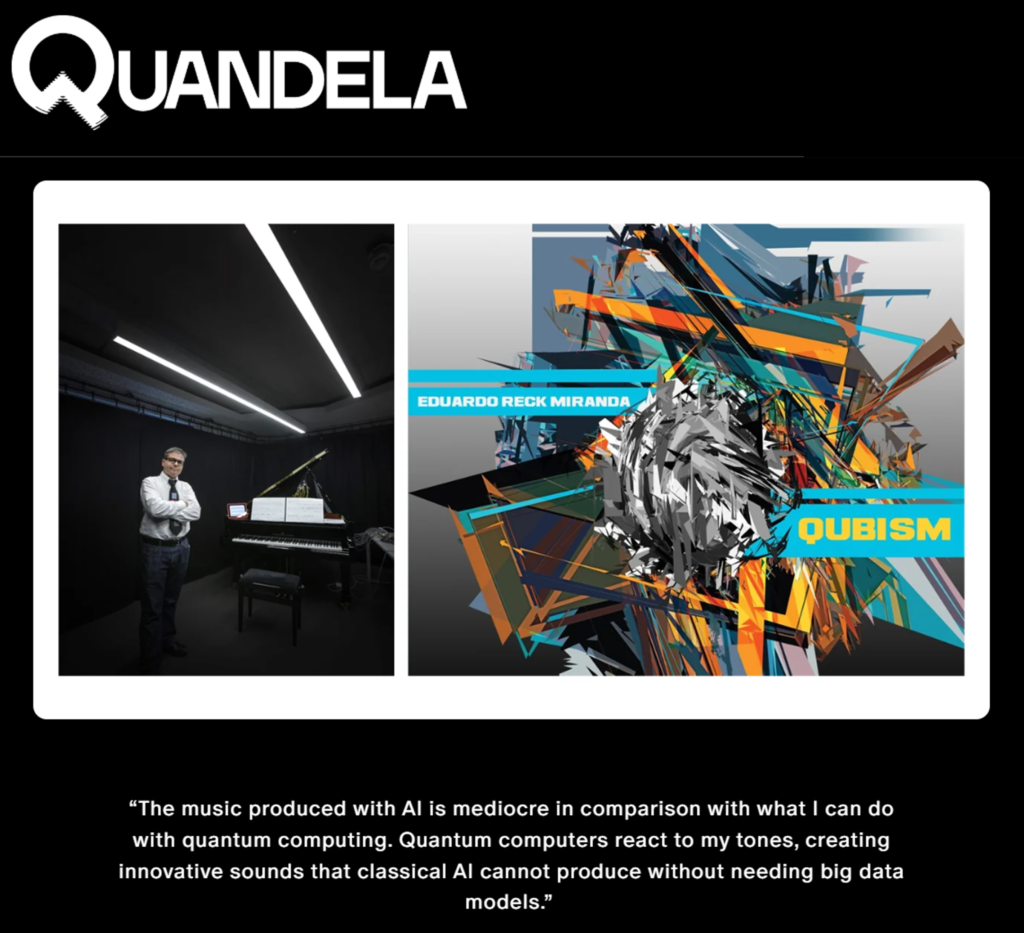24.01.2025 || Electronic, Nu-jazz, Contemporary Jazz
Tipografia Sonora is the charming fusion between the nu-jazz & electronic music project by the homonymous newly formed band, and the photography by the “Maestro” Mario Giacomelli. Tipografia Sonora discloses unprecedented prospectives to observe the Marche region, in Italy.
An exclusive 33” vinyl will be released the 24th of January 2025 with the contribution of NUOVOIMAIE. The release will be also available in its digital format in all stores.
Tipografia Sonora is composed by Michele Duscio (electronics), Leonardo Francesconi (piano) and Francesco Savoretti (percussion).
The premises from which the three musicians’ research work begins are the love for their land, the Marche, and the desire to add sound to the photos made by the world-wide recognized Senigallian photographer Mario Giacomelli (1925-2000), intertwining memory and innovation.
On the memory side, in particular, Savoretti has long been engaged in the study and rediscovery of the sounds and timbres of the various popular traditions of the Italian and Mediterranean area, placing greater attention on their functional and social value.
Duscio boasts a direct link with the life of Mario Giacomelli, thanks to childhood memories closely linked to his grandfather’s shoes-maker’s shop which was located a few meters away from the esteemed photographer’s Tipografia Marchigiana. This place, imbued with charm and creativity, now lives again in the group’s music.
In terms of innovation, the trio’s musical proposal starts from algorithmically generated random electronic sequences, which act as a changing basis for the improvisation and development of the songs, in the overlap of electronic and acoustic elements. An approach that may recall Floating Points, Plaid, Chilly Gonzales and Lambert. Like Giacomelli’s photographs, unpredictable and poetic, the music also evolves dynamically, gradually revealing new details and possible interpretations.
Tipografia Sonora declares: ‹‹ This album is a tribute to the photographer and artist Mario Giacomelli and is an attempt to translate his photographic poetics into music. Through a compositional stratification and the contrast between acoustic and electronic instruments we tried to re-propose those strong contrasts, those double exposures and superimpositions typical of some of his images, also feeling very close to his strong bond with the territory, often the subject of his art and his “visions” ››
On the other hand, Tipografia Sonora is much more than a mere musical transposition of Giacomelli’s photos: it is the valorization of the territorial context through a dialogue between arts, as capable of evoking emotions and narratives blending with the poetic essence of the photographer.
Credits:
All tracks were composed and played by Tipografia Sonora
Michele Duscio | electronics, synths, drum machines
Leonardo Francesconi | piano, synth
Francesco Savoretti | acoustic and electronic percussions
Recorded, produced and mastered by Michele Duscio at Studio Duscio in Macerata
Cover photo | Mario Giacomelli, Presa di coscienza sulla natura, 1970s, Courtesy Archivio Giacomelli © Rita Giacomelli
Graphic Editing | Andy Morello
Photo | Giovanni Ghiandoni
With the contribution of NUOVOIMAIE
